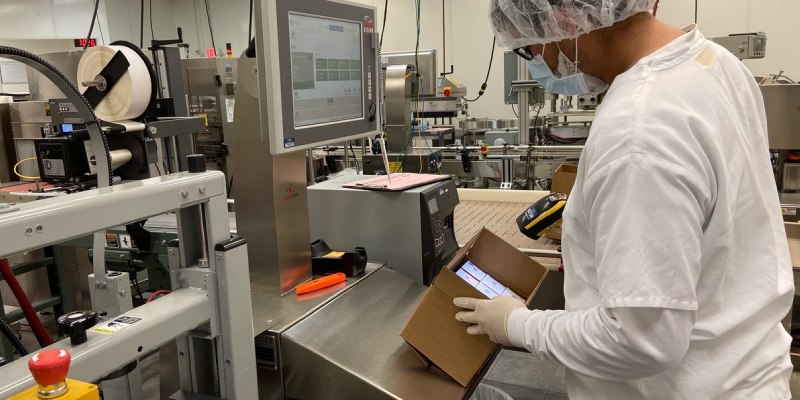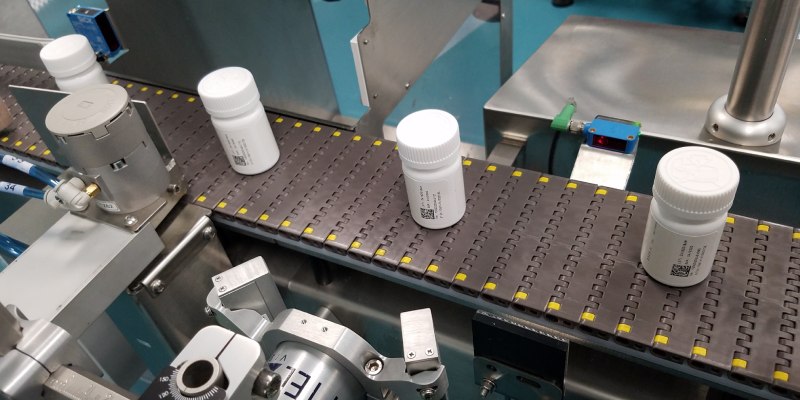
Insights
What Serialization Means for Pharma Manufacturing
Serialization is assigning a unique serial number to each salable prescription product unit. Each prescription product contains information about the product's origin, batch number and validity date.
In the pharmaceutical industry, counterfeit and substandard drugs threaten public health all over the world. These drugs are not only ineffective but also dangerous drugs that have side effects and can even cause death. These counterfeit drugs can be produced in more than one place. This makes it difficult to trace and remove substandard and counterfeit drugs from the supply chain.
Many countries have made legal arrangements to prevent this rapid spread. In the United States of these countries, the Drug Quality and Security Act (DQSA) was signed in 2013. DQSA has outlined the identification and tracking of prescription drugs from the manufacturing stage to the distribution stage. These regulations apply to manufacturers, repackers, wholesale distributors and third-party logistics providers.
What Does Serialization Mean?

Serialization is assigning a unique serial number to each salable prescription product unit. Each prescription product contains information about the product's origin, batch number and validity date. In the United States, serialization of all prescription drugs at both the salable unit level and the case level became mandatory in 2017.
How Does Serialization Work?
The Food and Drug Administration (FDA) recommends using standard numerical identifiers in the United States. However, the serialized national drug code combined with a unique serial number is used in these transactions. The customer or the manufacturer can randomly or sequentially generate serialization codes. After the serialization codes are received, the manufacturer prints 2D barcodes on the shipping box and on the label on each salable unit.
The packaging line scans each label to determine which unit goes in which box. Because only some labels are visible. For example, the bottles are lowered inside the boxes and each bottle has a temporary code printed with UV ink on the top. Major distributors claim that the FDA will soon require the collection of serialization data and verification of what serial numbers are on each bundle, box and pallet. To access this information without opening every box, manufacturers need to aggregate data throughout the process. This information can then be sent electronically to the necessary stakeholders.
On the other hand, by 2023, all manufacturers must implement an electronic system that can track all packages of prescription drugs throughout the entire distribution chain.
Key Challenges in Serialization

Although serialization provides significant benefits in many ways, there are some difficulties in implementing this system. We can list the most critical obstacles to serialization as follows:
Label Redesign
For many manufacturers, serialization means a significant redesign of labels to make room for the new 2D barcode. As a result, changes in labeling cause redesign of packaging structure or graphic elements.
Maintaining Production Efficiency
New labeling requirements affect multiple packaging processes. Attaching labels and scanning bundles, boxes and pallets slows down the packaging line. Therefore, the manufacturer must increase its workforce or automation to maintain current production levels.
Data Management and Availability
In addition to changes in physical packaging processes, data management needs to evolve very quickly. The IT architecture must be able to create, store, detect and transmit millions of serial numbers for countless supply chains.
Creating Cross-Functional Team
The serialization process has both a knowledge base and a production base. Processing and packaging, engineering, labeling, quality assurance and project management must all collaborate to keep the process running smoothly.
High Cost
Serialization requires a significant investment to meet the installation costs. We can add the costs of updating existing materials, software, hardware and training to these costs. Therefore, serialization is a costly process to set up and maintain.
How Serialization Improves Security
End-to-end serialization counterfeiting increases transparency and visibility by preventing parallel trade and theft. Moreover, with the ability to track the location of drugs, supply chain partners can improve shipping accuracy and eliminate recalled or defective drugs. In this way, patients can get their medications much more safely.
Source: https://bit.ly/3vXof4S









